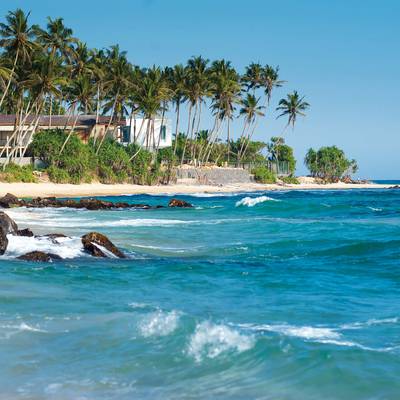
What is the climate like in Turkey?
Globetrotters often describe Turkey as a magnificent fusion of the West and East, boasting a melting pot of cultures, traditions, and, equally important, varying climate. Sprawling across two continents -Europe and Asia- Turkey is unique not only in its rich history and socio-cultural blend but also in its diverse climate patterns.
Orientation to the Turkish Climate
Turkey's eclectic climate stems from its geographical diversity. To the north, it is adorned by the Black Sea, while the Mediterranean Sea lavishes the southern coastline. In the east, the country gets to relish the features of continental climate brought by its mountainous terrain. The west, however, is charmed by the Aegean Sea, bestowing upon it a more temperate climate. As a result, travellers can experience a variety of climates within one country.
The Four Major Climatic Zones
1. Mediterranean ClimateRegions around the Aegean and Mediterranean coasts, such as Antalya, Mersin, and Mugla, experience a Mediterranean climate. The summers are hot and dry, while winters are mild and rainy. Temperatures usually soar to a high of 30-35°C in summer, while they hover around a cozy 10-15°C in winter, making it a perfect winter escape for those looking to avoid harsh winters.
2. Continental ClimateEastern Anatolia and the interior of the country, which include places like Ankara, Konya, and Erzurum, witness a harsh continental climate. Winters are intensely cold and snowy, sometimes with temperatures plummeting below -30°C, while summers are hot and dry, with temperatures hitting a high of 30°C. Spring and autumn are short-lived transitional periods in these areas.
3. Black Sea ClimateTurkey's north coast, consisting of cities like Trabzon, Rize, and Samsun, exhibits a maritime climate due to the Black Sea. It experiences a moderate climate with the highest precipitation in the country, most of which is distributed evenly throughout the year. Summers are warm, with temperatures around 23-27°C, and winters are cool but not freezing, featuring temperatures roughly ranging between 7-10°C.
4. Semi-Arid ClimateCities like Konya, Karaman, and Aksaray in Central Anatolia, have a semi-arid climate. They experience significant differences between day and night temperatures, extremely cold winters, and high summer temperatures. This region only receives minimal rainfall, primarily during the spring season.
Seasonal Breakdown – When to Travel to Turkey
Spring (April to June)Arguably the best time to visit Turkey, spring offers moderate temperatures, wildflowers in full bloom, and fewer crowds. The temperatures typically range from 15-25°C, allowing for comfortable sightseeing and outdoor activities.
Summer (July to September)Summers in Turkey, especially in the coastal regions, can be scorching. Regions with Mediterranean climate hit a high of 35°C. The eastern and central parts also experience high temperatures but low humidity. While the weather might be too hot for some, it’s the best time for sunbathing, swimming, and beach festivals along the Aegean and Mediterranean coasts.
Autumn (October to Mid-November)Autumn is another beautiful time to visit Turkey. Coastal areas remain warm and inviting, while central and eastern regions start to cool down. The changing colours of leaves provide a picturesque backdrop for sightseeing and photography, especially around regions like Cappadocia.
Winter (Mid-November to March)Winter can bring extreme cold, especially in the eastern and central parts of Turkey. Coastal regions are relatively mild but get occasional rainfall. It’s the perfect season for winter sports enthusiasts as the mountains of eastern Anatolia get covered in snow, making it ideal for skiing and snowboarding.
Wrapping Up
Understanding Turkey's climate is essential when planning your visit in order to fully enjoy what this beautifully diverse country has to offer. From hot Mediterranean summers to cold eastern winters, from the semi-arid weather in Central Anatolia to the temperate Black Sea climate - there is no one-size-fits-all answer to what the country's climate is like. However, this diversity allows for a range of experiences that will undoubtedly satiate the wanderlust of every global trotter.





